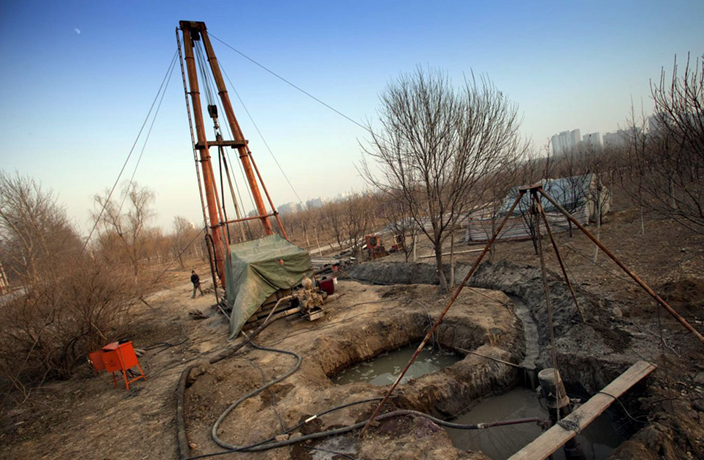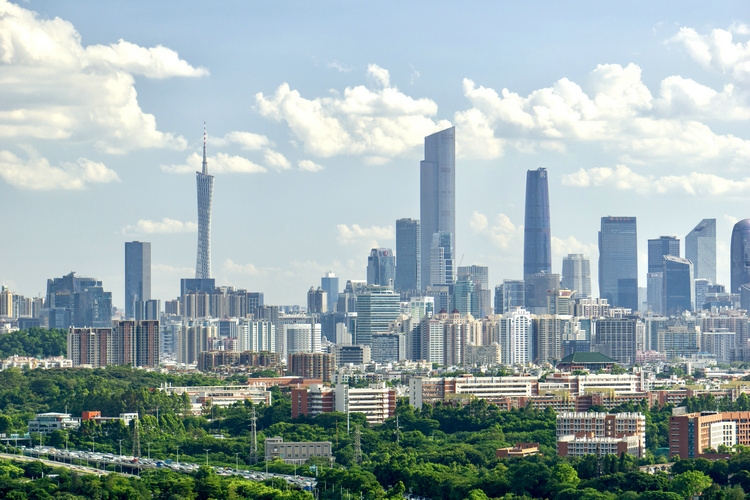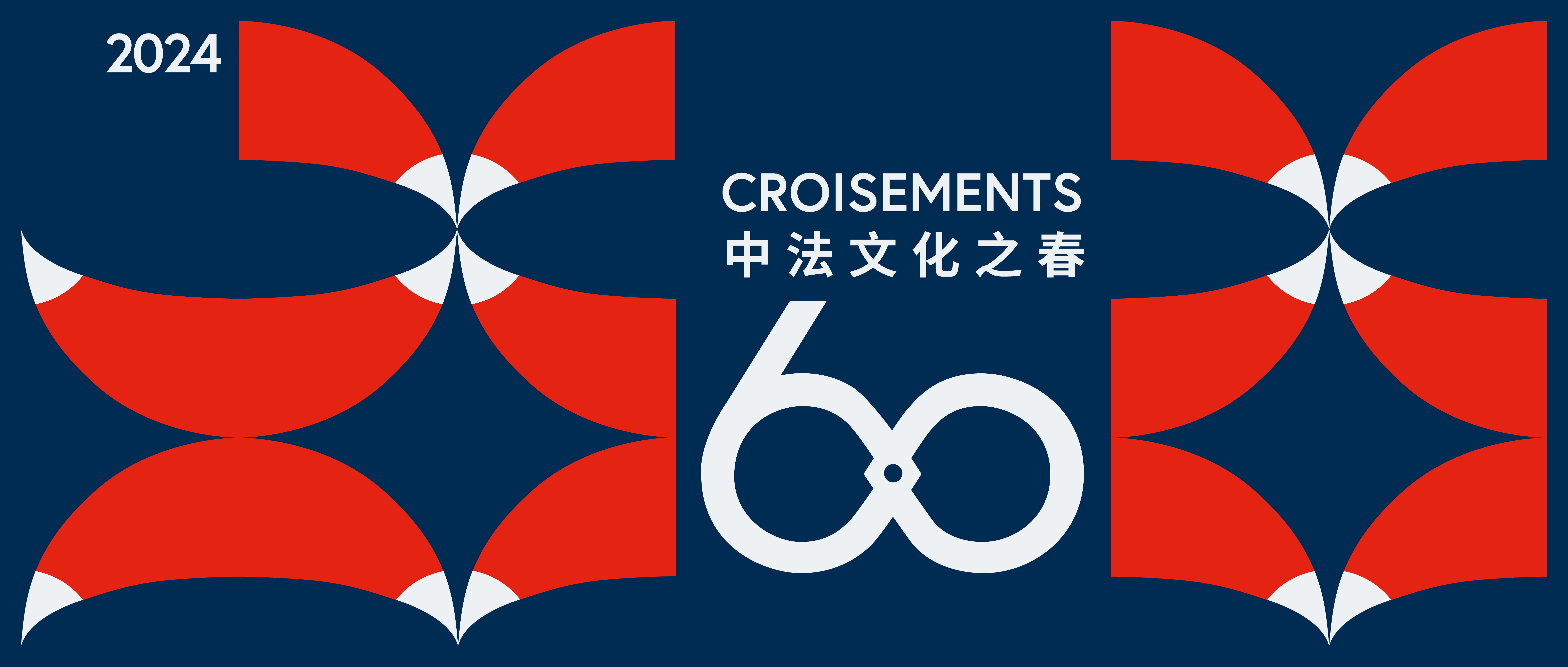It’s a frightening thought, but studies show that many of China’s metropolises are actually sinking. The culprit? The excessive use of groundwater and increasing number of large-scale buildings.
Rapidly urbanizing cities – like Beijing, Shanghai and Chengdu – are bearing the brunt of the problem. And experts believe that the issue will only worsen as China's cities keep growing, South China Morning Post reports.
The phenomenon is called subsidence, which is basically another word for sinking, and it's a major concern for China.
Studies show that Beijing is sinking by a whopping 11 centimeters every year. On the other hand, some areas of Shanghai have fallen over 2.5 meters since the 1920s.
Portions of Chengdu are dropping at a rate of one centimeter a year, Huaxi Metropolis Daily reports. The impacted areas are located above subway lines that are under construction.
However, it is believed that the addition of more and more skyscrapers and large-scale buildings to the city could exacerbate the problem. Some predict that Chengdu could start sinking as much 2.8 centimeters per year in some areas.
According to a 2012 report, more than 50 cities across China are currently experiencing subsidence. And the country’s rapid development isn’t helping. Large buildings, the construction of public transport systems (especially railways), water shortages and the excessive use of groundwater are all major contributors to the issue.

Not only can subsidence cause major damage to a city's infrastructure but it can be dangerous for the public. Another especially alarming detail highlighted in the report is that all this sinking is irreversible.
While some Chinese authorities have resolved to ban the use of groundwater, many argue that this cannot (or will not) realistically be implemented.
Some of China's most impacted cities are making efforts to curb the overuse of groundwater. In Shanghai, for example, tens of millions of cubic meters of water are being put back into the ground through deep wells every year.
Efforts have been made in Beijing in recent years to ease up on pumping water. Last year, the highly impacted Chaoyang District released a plan to shut down over three hundred wells. At the same time a project to build 2,400 kilometers of canals was completed in an effort to divert massive amounts of water to the capital.
Subsidence might be a growing issue in China’s cities, but it’s not isolated to one country. It turns out cities like Tokyo and highly-populated areas, such as California’s Central Valley, are experiencing similar issues.





















0 User Comments